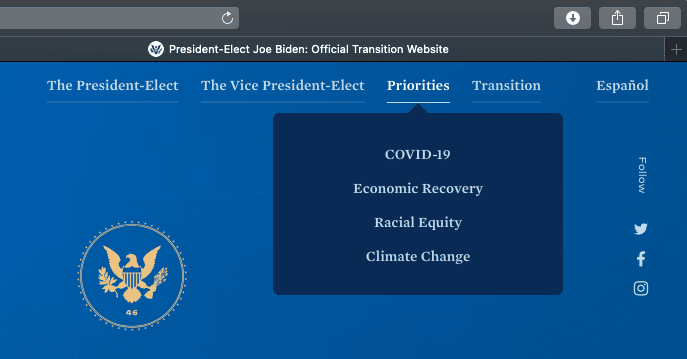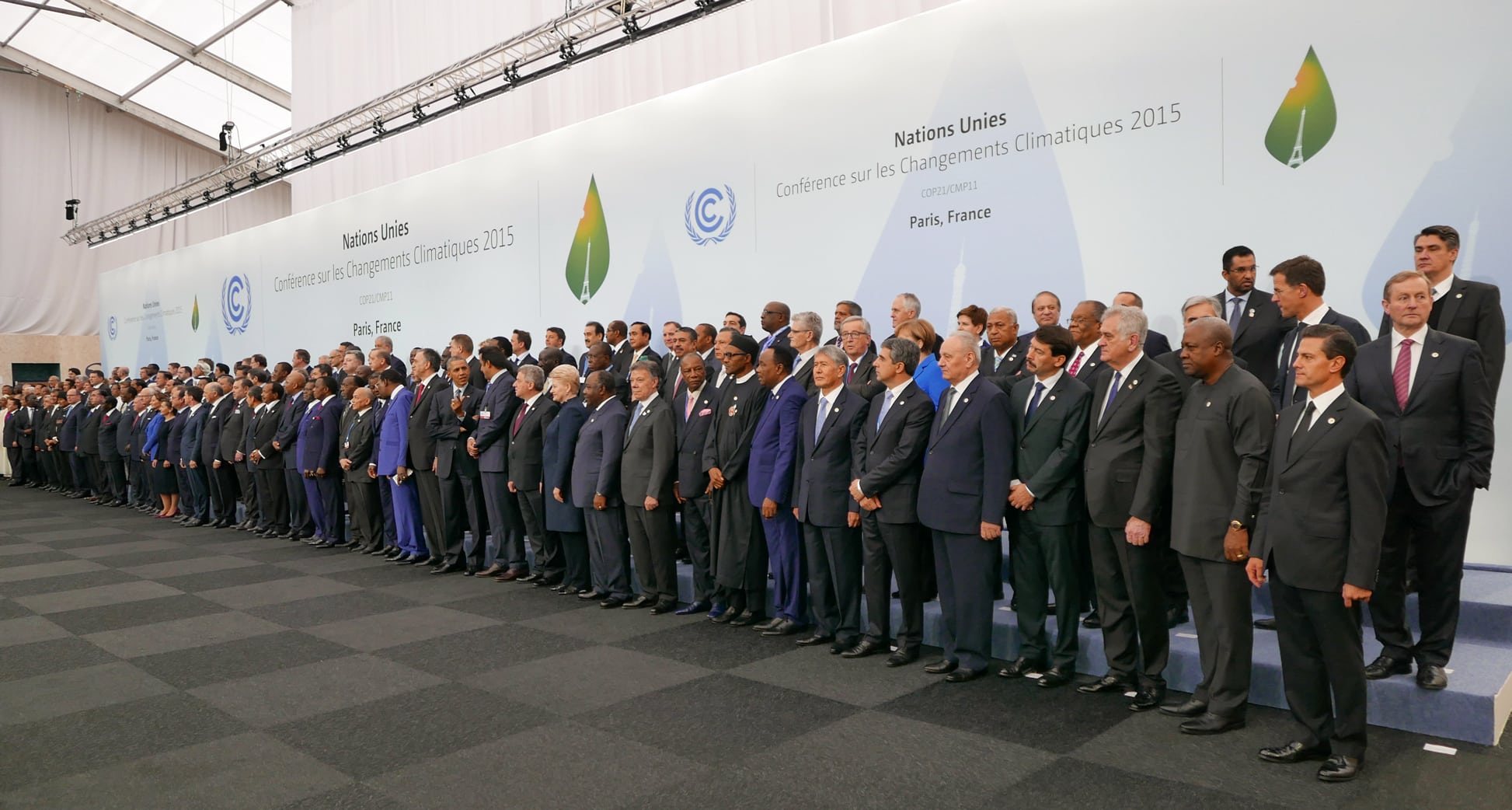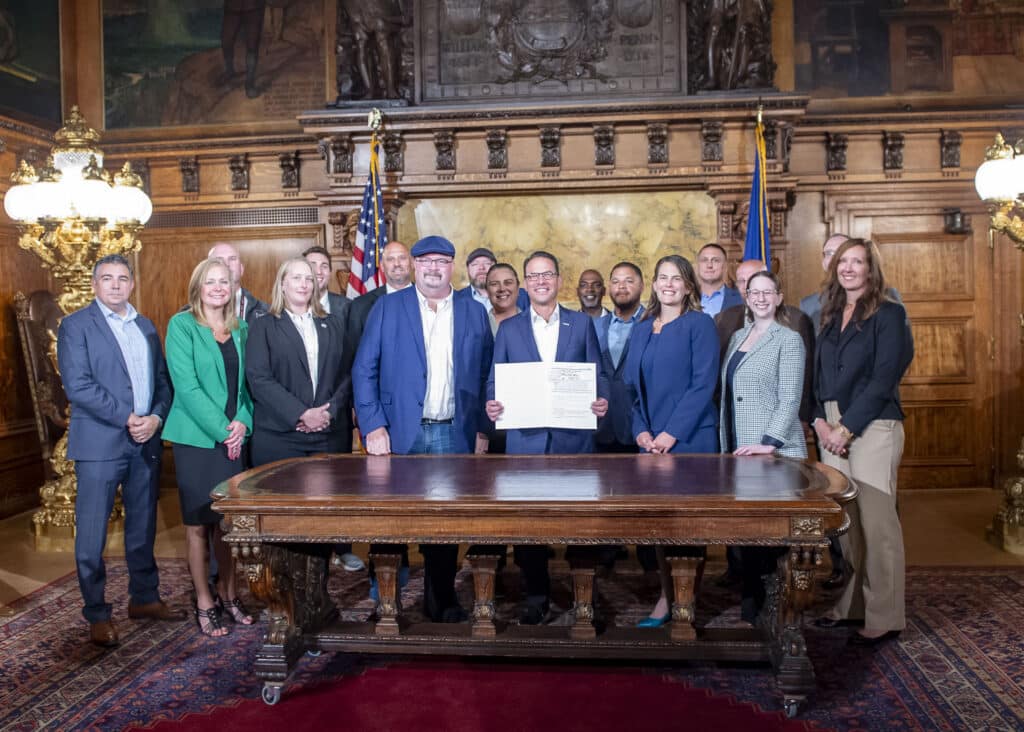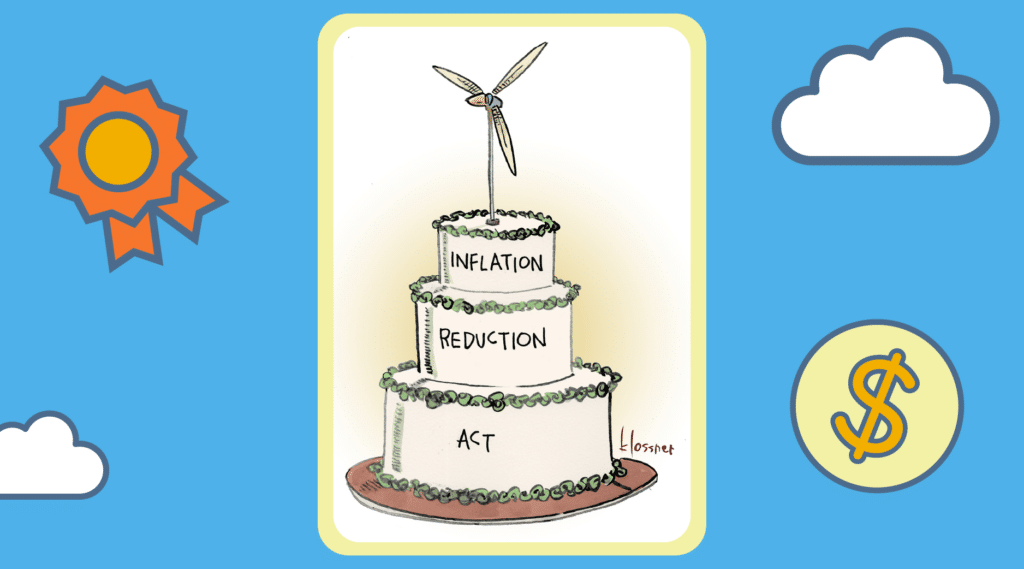Now that we know the actual outcome of the election, let’s talk about how a Biden administration might impact our country’s action on climate and clean energy. Since control of the Senate won’t be decided until Georgia’s two runoff Senate races finish in January, we’re still speculating—but here’s the headline as of this week: The Biden administration will shift America’s direction on climate and clean energy from backwards to forwards in real, impactful ways—but the scope and duration of change could be significantly limited.
What the plan was (and still is)
As we’ve written about before, the Biden/Harris campaign ran on a climate plan (finally) big enough to begin meeting the scale of the crisis. A key plank of Biden’s Build Back Better agenda, his climate plan is designed to create jobs and strengthen infrastructure while also tackling climate change. It calls for spending $2 trillion over four years to greatly increase the use of clean energy in the electricity, transportation, and building sectors, with an underlying emphasis on racial equity.
-

Climate change is one of the four priorities outlined on the new Biden-Harris transition website
Post-election, plans have stayed consistent so far: The details outlined in the newly created Biden-Harris Transition website are consistent with what the campaign ran on, with “Climate Change” being one of the four named priorities (along with “COVID-19,” “Economic Recovery,” and “Racial Equity”). In his speech last Saturday night, Biden again identified climate change as one of his top priorities as president, saying Americans must marshal the “forces of science” in the “battle to save our planet.” Regardless of congressional constraints, there is no doubt that this new administration will be a 180-degree turn toward climate and clean energy. Now it’s just a question of how much progress can be made.
What he can do
If Republicans maintain control of the Senate, important parts of Biden’s climate plan will be politically impossible; it will be extremely difficult to reach the breadth and depth of government action and investment that the challenge demands. In this scenario, what could he do? As usual, David Roberts at Vox has an excellent breakdown of this topic. In sum: Even if limited to executive action, the Biden adminstration can make a big impact. Action areas fall into three main buckets:
1. Reverse the massive deregulation rampage
Over the past four years, the Trump administration reversed or weakened 125 environmental safeguards, undoing much of Obama’s efforts to promote clean air and water and address the climate crisis. What one administration can unilaterally do, another can unilaterally undo (although the costly negative impact on global warming and precious time lost, unfortunately, cannot be undone):
- Biden, as Roberts writes, “can instruct the Environmental Protection Agency to develop a more ambitious version of Obama’s Clean Power Plan for the electricity sector, to work toward his goal of net-zero emissions electricity by 2035, and the Department of Transportation to develop, as his plan promises, ‘rigorous new fuel economy standards aimed at ensuring 100% of new sales for light- and medium-duty vehicles will be electrified.’” He can reimpose safeguards of public lands, prevent more water pollution and methane leakage, and much more.
- It’s worth noting, however, as The New York Times writes, that “Mr. Biden may find it more difficult than his former boss, President Barack Obama, to use executive authority to create tough, durable climate change rules because the six-justice conservative majority on the Supreme Court is expected to look unfavorably on policies that significantly expand federal agencies’ authority to regulate industry.”
-

A good first step: rejoin that agreement with every other country in the entire world
2. Get America back into the global climate game
Rejoining the Paris Agreement will be an important first step—a critical signal to the world that, after abdicating its leadership role, America is ready to get back to work. After that, Biden could rejoin the World Health Organization and mobilize other industrialized, big polluters to invest more in clean energy and pursue deeper cuts to their own carbon emissions.
3. Get our financial system to include climate risk in their math
Perhaps no other sector holds as much sway over our progress toward (or away from) addressing climate and clean energy. And it’s within this financial system that Biden could make big moves. As Roberts writes, “One of the most important structural moves Biden can make is to use the powers granted to him by the Dodd-Frank financial reform legislation to ensure that the Federal Reserve, and the financial system more broadly, takes climate risk into account, channeling investment away from carbon-intensive projects. (More on how to do that here.)”
Of course, if the Georgia cookie crumbles the Democrats’ way in January, the Biden administration will have a much clearer political path to take bold, equitable steps toward a clean energy future. With everyone—especially brown, black, indigenous, and frontline communities—having a seat at the table, massive government investment and incentives would accelerate the power sector’s deployment of renewable energy, ramp up installation of electric vehicle chargers, upgrade the building sector’s energy efficiency—all while creating millions of jobs.
Can we pass the tipping point?
While control of the Senate for the next two (or four) years matters a great deal given our window of opportunity to act on climate, elections keep happening, and America is still split (pretty darn evenly) into two political camps. Looking beyond the next few years, it’s worth revisiting a critical larger question: Can America make it past the tipping point so that accelerated, sustained progress on climate and clean energy can happen? Here’s some evidence that we can:
- Wind and solar technologies are now cheaper than coal and gas in markets all over the world (and Americans across the political spectrum want more of it). Deployment is growing rapidly, with corporate America accounting for nearly half of all renewables added to the U.S. grid in 2019. Meanwhile coal continues its structural decline.
- Public sentiment for action is at an all-time high: Fifty-four percent of Americans are “alarmed” or “concerned” about climate; sixty percent want the President and Congress to do more to “address global warming”; seventy-one percent think global warming will harm future generations.
- Solar on buildings and electric vehicles, two high-impact technologies that profoundly change the way individuals interact with energy, are growing in popularity.
- State and local governments have made major headway even over the last four years, with more than 100 cities and towns now having 100% clean energy goals. One in three Americans are living within “100% clean energy goal” geographies.
All this makes the optimistic case that, beneath the choppy, boiling surface of politics and elections, forces are shifting the boundaries of possibility around climate and clean energy. The signs are all around, telling us that we are tantalizingly close to a tipping point in this country.
Even with a leader in the White House that understands the challenge and is ready to act, however, a mass mobilization of the public is still needed to continue pushing for federal, state, and local action in order to meet this moment. As voting constituents that support America’s transition to clean energy, we must keep the pressure on the White House, Congress, governors, statehouses, city councils, and corporations. As homeowners, community members, and employees we must act however and whenever we can. We can secure the clean energy future we all want and need, but there’s not a moment more to lose.















